Ed Ruscha and the ‘broken moments’ that shaped the early days of his practice
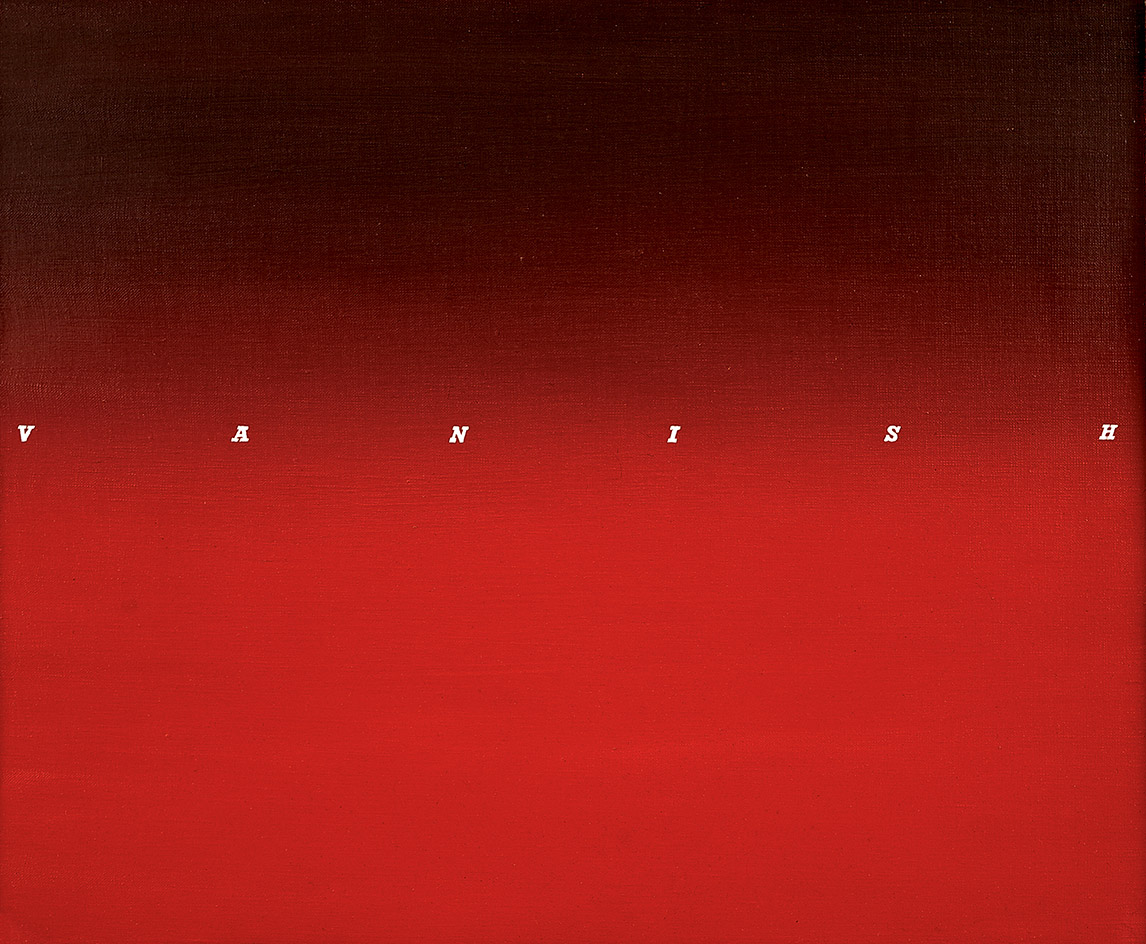
There’s a curious wryness in the work of West Coast art patriarch Ed Ruscha, one that belies the superficial gloss of his adopted home city of Los Angeles. The painter and printmaker has lived and worked in LA since 1956, putting his own droll spin on Hollywood’s film industry, Southern Californian architecture and landscapes, gas stations, archetypal landscapes, and ordinary foodstuffs.
Four decades of Ruscha’s works are now on view at Denmark’s Louisiana Museum of Modern Art, extracted from the UBS Art Collection. Taking its title from one of Ruscha’s so-called ‘word-pictures’, the exhibition ‘VERY’ spans his formative years up to the 1990s and includes studies for some of his most iconic paintings and artist books.
‘It appears as though this a seamless continuum of work – like it’s very smooth – but in actuality it’s a lot of broken moments that make these things,’ said the artist, in conversation at the museum with Mary Rozell, global head of the UBS Art Collection. ‘Suddenly I see these all side by side, and it’s a different experience for me.’
Perhaps most intriguing among the selection of 54 works are Ruscha’s earliest endeavours, showing a panache for experimental mediums such as gunpowder. The show also reveals his affinity for food: in a series of works, Ruscha experiments with using baked beans, strawberries, pie filling and salmon roe (among other ingredients) as alternative mediums. Measuring 4”x4”, Ruscha’s Spam Study is the exact size of a can of spam – no coincidence, noted the artist. ‘I lived off that stuff for months and months,’ he quipped. ‘The things I lived off of, I ended up making art out of.’
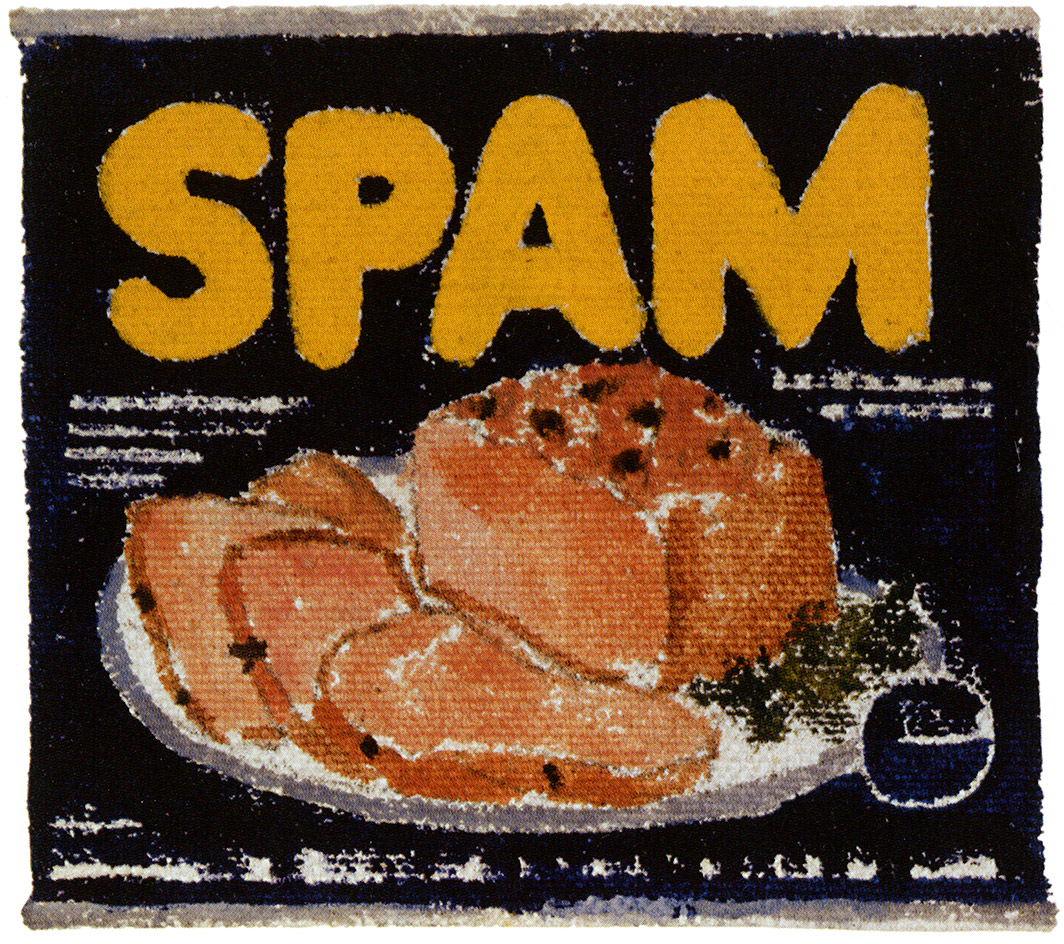
Spam Study, 1961-62, by Ed Ruscha, oil on canvas. UBS Art Collection.
Born in 1937 in Omaha, Nebraska, and raised in Oklahoma City, Ruscha developed an interest in cartooning in his adolescent years. There’s a 1951 photograph of a then 13 or 14-year-old Ruscha drawing at a table, foretelling his future – though his path to the art world wasn’t picture-perfect. ‘Most of the artists I hung around with [at art school] were happy to make art for sport. We had no idea this thing could be changed into a vocation, where you just do this for life,’ he explained.
Ruscha dabbled in a number of careers, including as a sign painter and layout designer. He learned how to set type and worked for an advertising agency, an industrial supply company, and a printer – at the latter, he was exposed to books, which had a profound influence on his work. Comic books and ‘funny pictures’, he added, ‘leaked into my perception of the world’.
But inspiration is all around. ‘I hear things, sometimes on the radio or in a movie, or I hear people talking in a normal situation. I pick up these words and these combinations of words, and these somehow have a riveting meaning to me,’ reflected the artist. ‘The only way to make these words official is to make a work of art on them and then I can forget about them.’
At 80 years old, the pop pioneer shows no signs of slowing down. Ruscha’s take on the cyclical nature of civilisation and industry is on view at London’s National Gallery until 7 October; the Palm Springs Art Museum will open a show of his work in October, while another exhibition at Secession in Vienna follows in November.
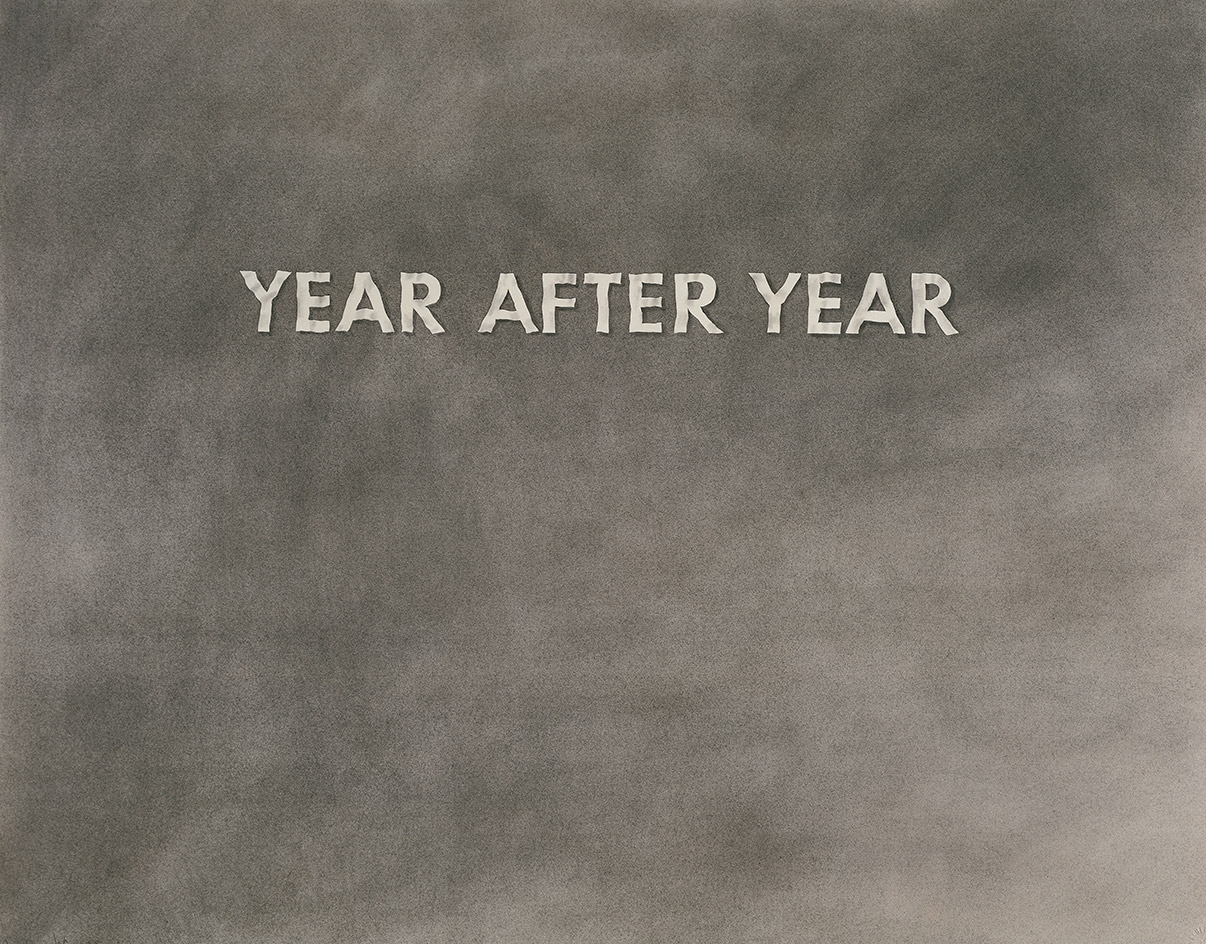
Year after Year, 1973, by Ed Ruscha, gunpowder on paper. UBS Art Collection.
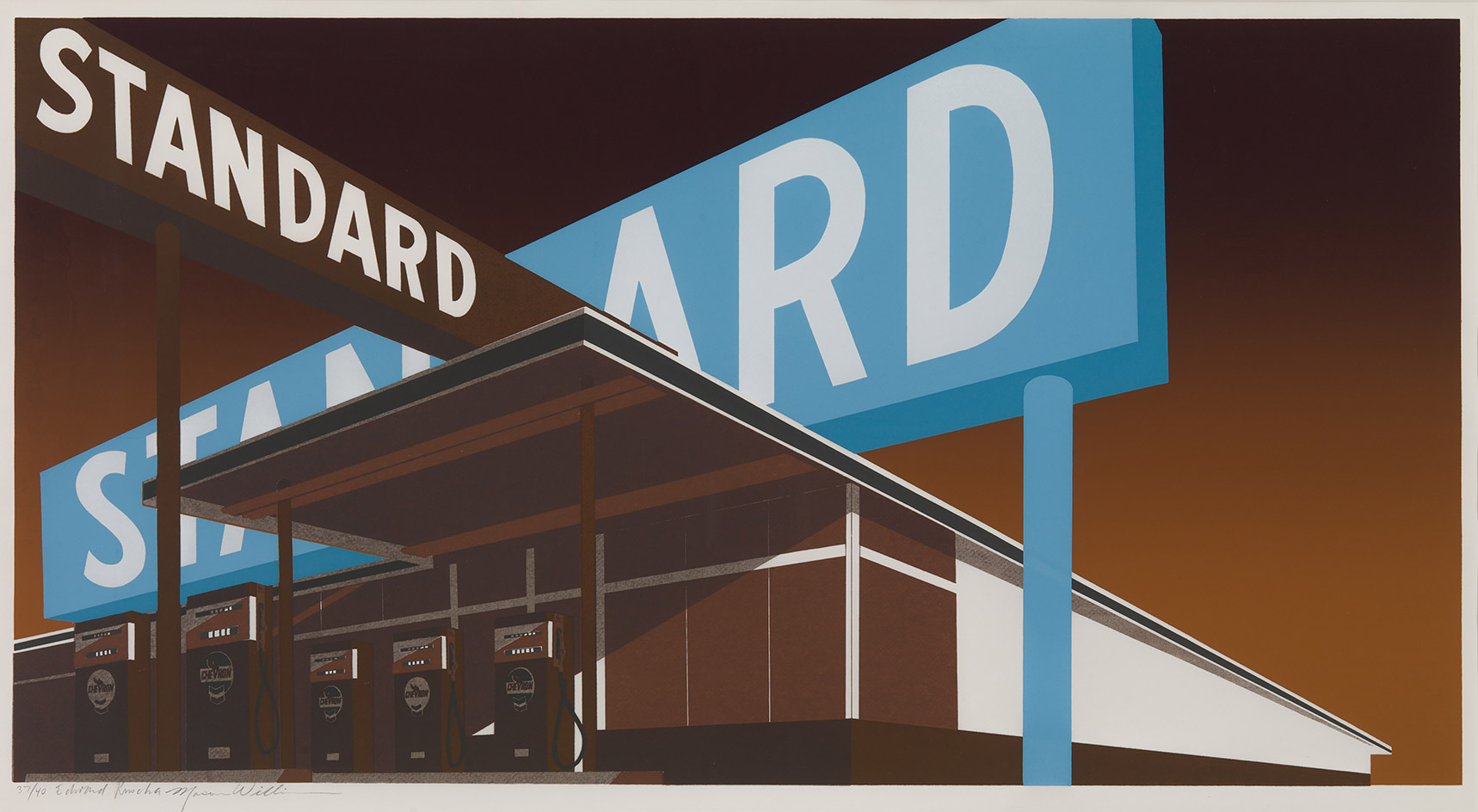
Double Standard, 1970, by Ed Ruscha, screenprint. UBS Art Collection.
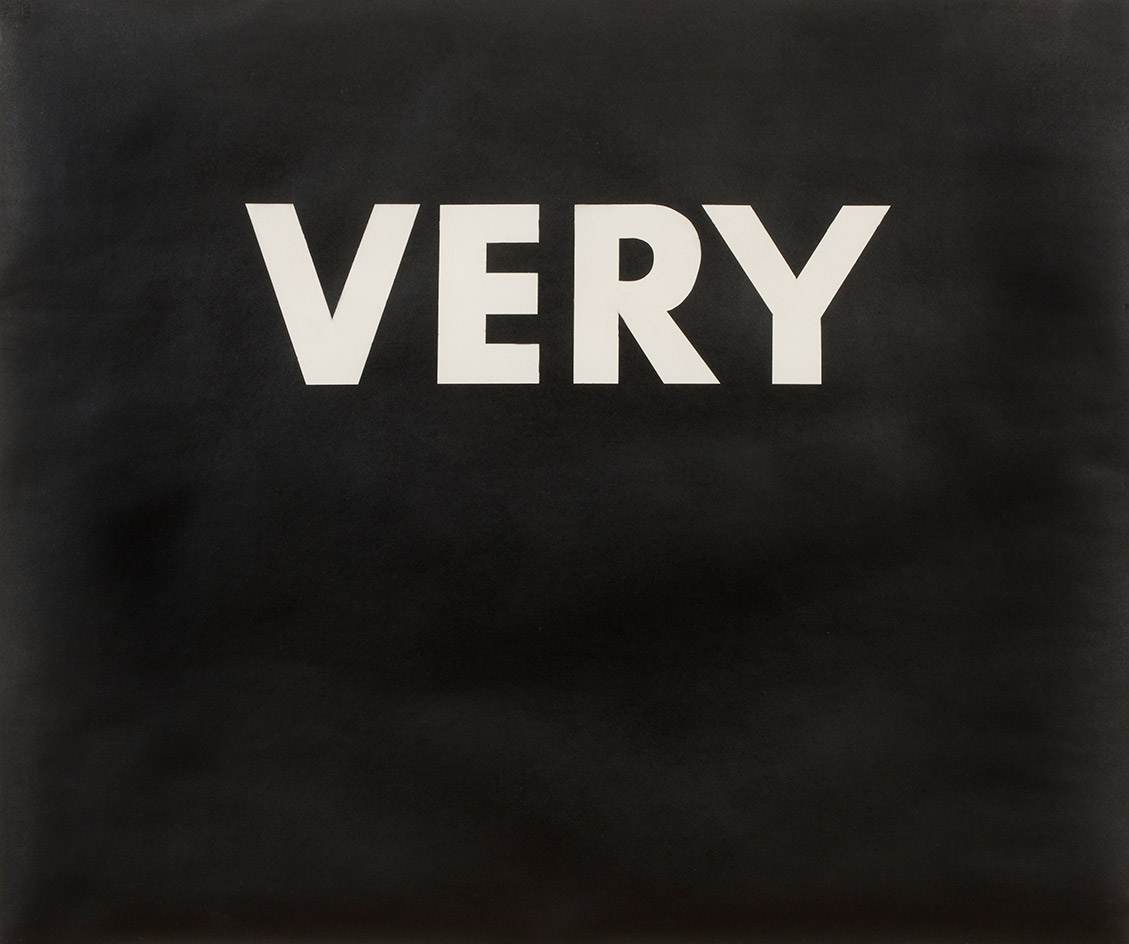
Very, 1973, by Ed Ruscha, pastel on paper. UBS Art Collection. © Ed Ruscha. Courtesy of the artist and Gagosian.
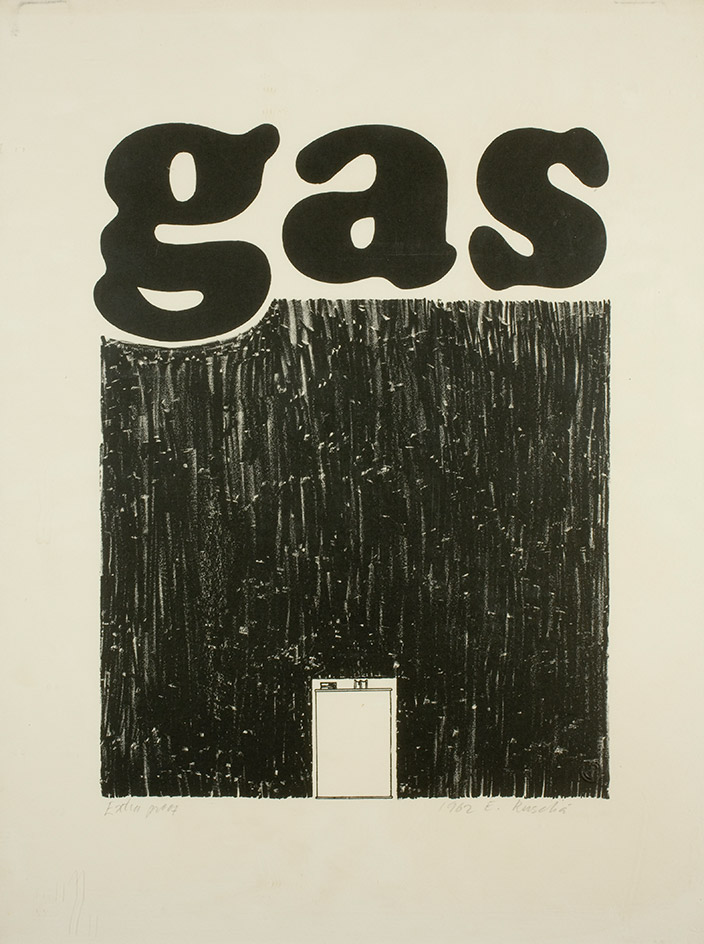
Gas, 1962, by Ed Ruscha, lithograph. UBS Art Collection.
INFORMATION
‘Ed Ruscha: VERY’ is on view until 19 August. For more information, visit the Louisiana Museum of Modern Art website and the UBS Art Collection website
ADDRESS
Louisiana Museum of Modern Art
Gl Strandvej 13
3050 Humlebæk
Denmark
Wallpaper* Newsletter
Receive our daily digest of inspiration, escapism and design stories from around the world direct to your inbox.
-
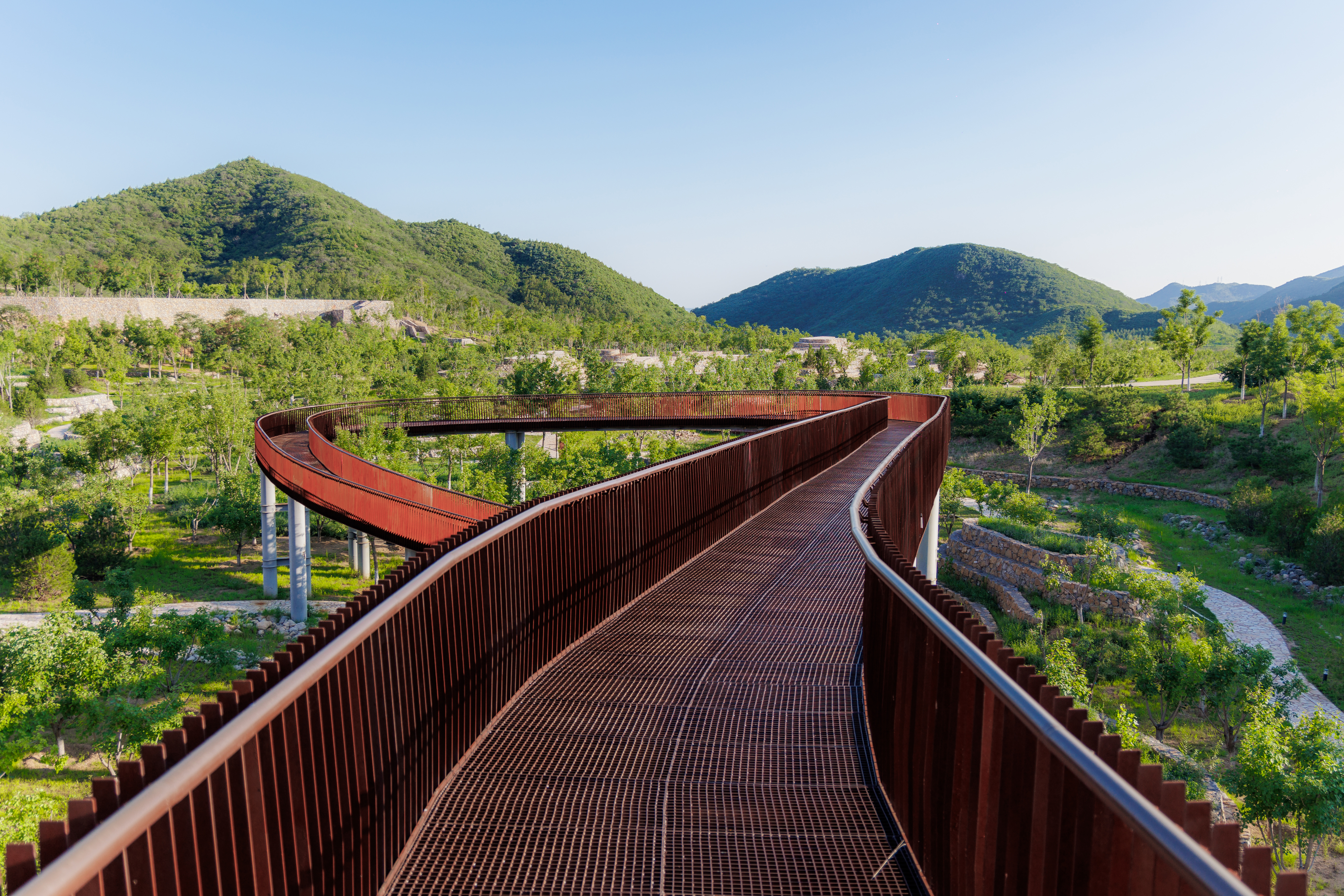 A Xingfa cement factory’s reimagining breathes new life into an abandoned industrial site
A Xingfa cement factory’s reimagining breathes new life into an abandoned industrial siteWe tour the Xingfa cement factory in China, where a redesign by landscape specialist SWA Group completely transforms an old industrial site into a lush park
By Daven Wu
-
 Put these emerging artists on your radar
Put these emerging artists on your radarThis crop of six new talents is poised to shake up the art world. Get to know them now
By Tianna Williams
-
 Dining at Pyrá feels like a Mediterranean kiss on both cheeks
Dining at Pyrá feels like a Mediterranean kiss on both cheeksDesigned by House of Dré, this Lonsdale Road addition dishes up an enticing fusion of Greek and Spanish cooking
By Sofia de la Cruz
-
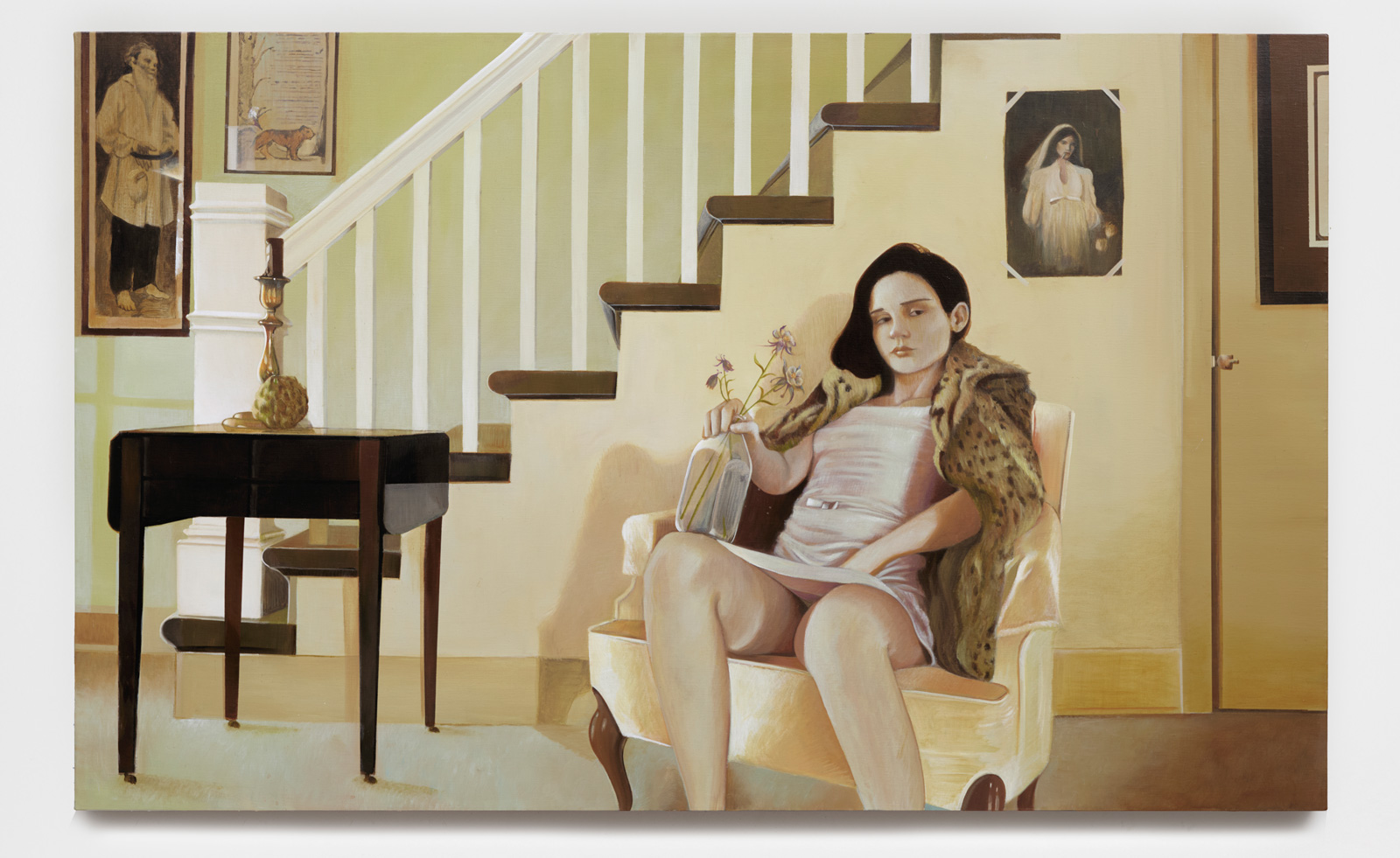 Leonard Baby's paintings reflect on his fundamentalist upbringing, a decade after he left the church
Leonard Baby's paintings reflect on his fundamentalist upbringing, a decade after he left the churchThe American artist considers depression and the suppressed queerness of his childhood in a series of intensely personal paintings, on show at Half Gallery, New York
By Orla Brennan
-
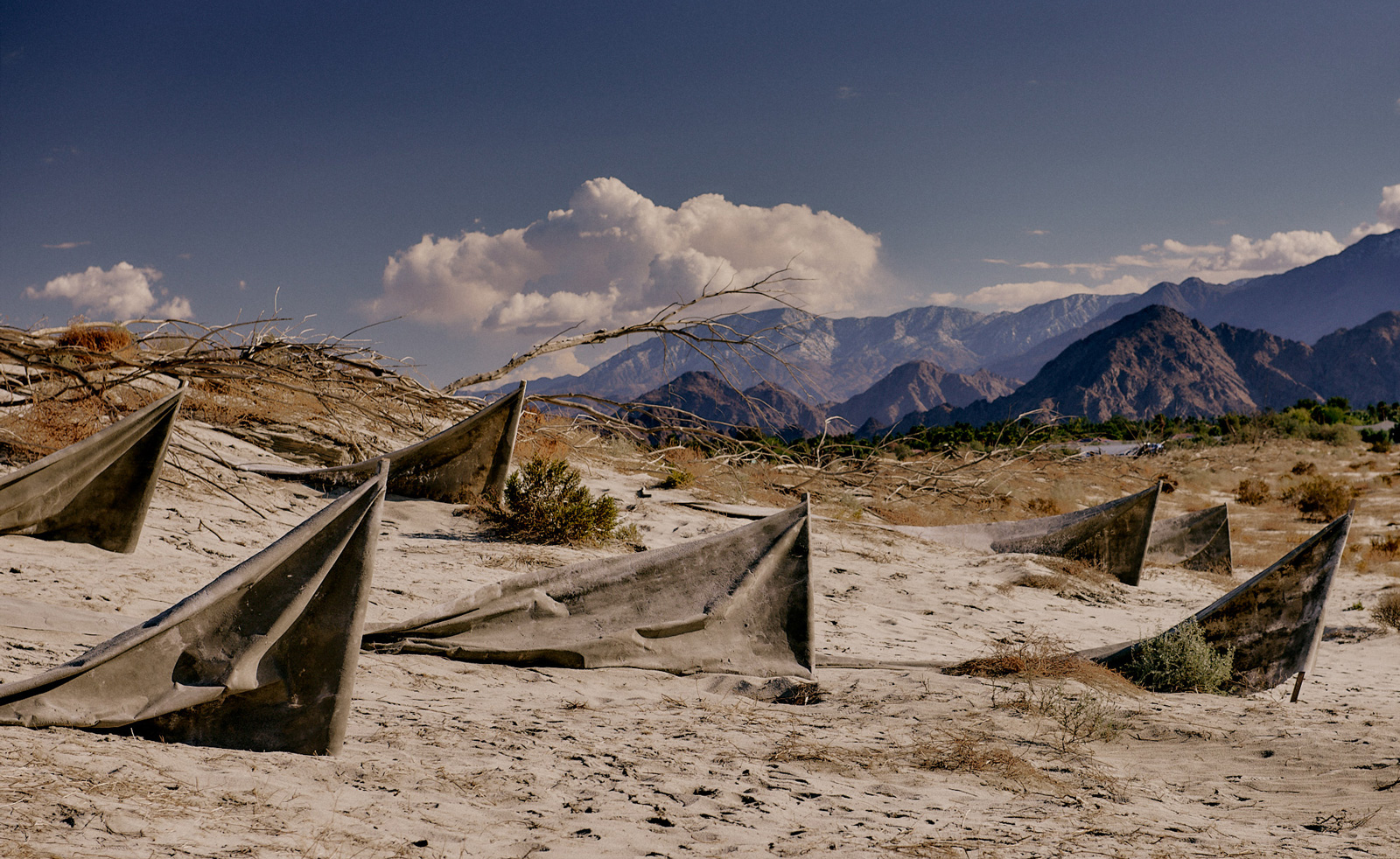 Desert X 2025 review: a new American dream grows in the Coachella Valley
Desert X 2025 review: a new American dream grows in the Coachella ValleyWill Jennings reports from the epic California art festival. Here are the highlights
By Will Jennings
-
 In ‘The Last Showgirl’, nostalgia is a drug like any other
In ‘The Last Showgirl’, nostalgia is a drug like any otherGia Coppola takes us to Las Vegas after the party has ended in new film starring Pamela Anderson, The Last Showgirl
By Billie Walker
-
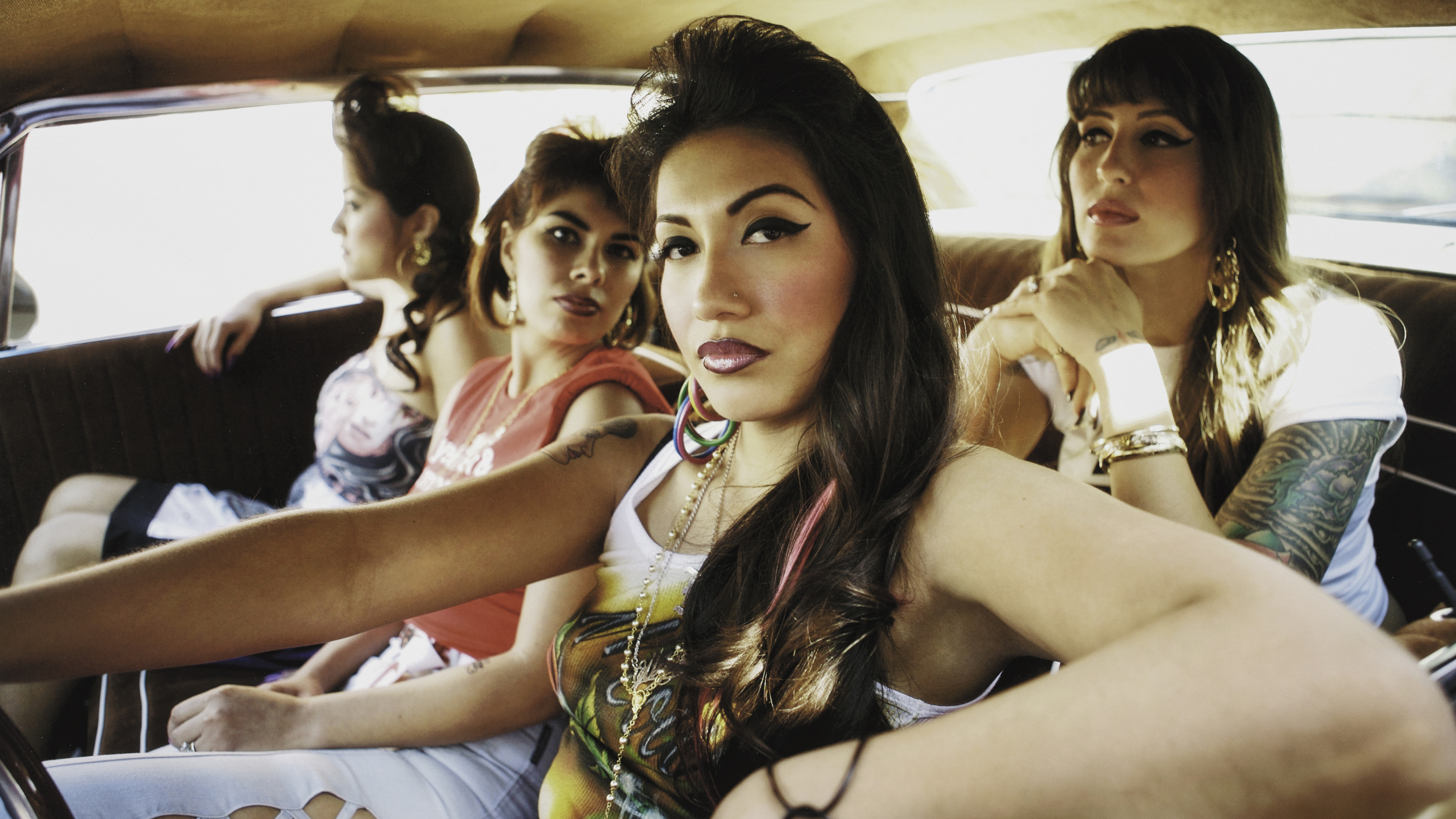 ‘American Photography’: centuries-spanning show reveals timely truths
‘American Photography’: centuries-spanning show reveals timely truthsAt the Rijksmuseum in Amsterdam, Europe’s first major survey of American photography reveals the contradictions and complexities that have long defined this world superpower
By Daisy Woodward
-
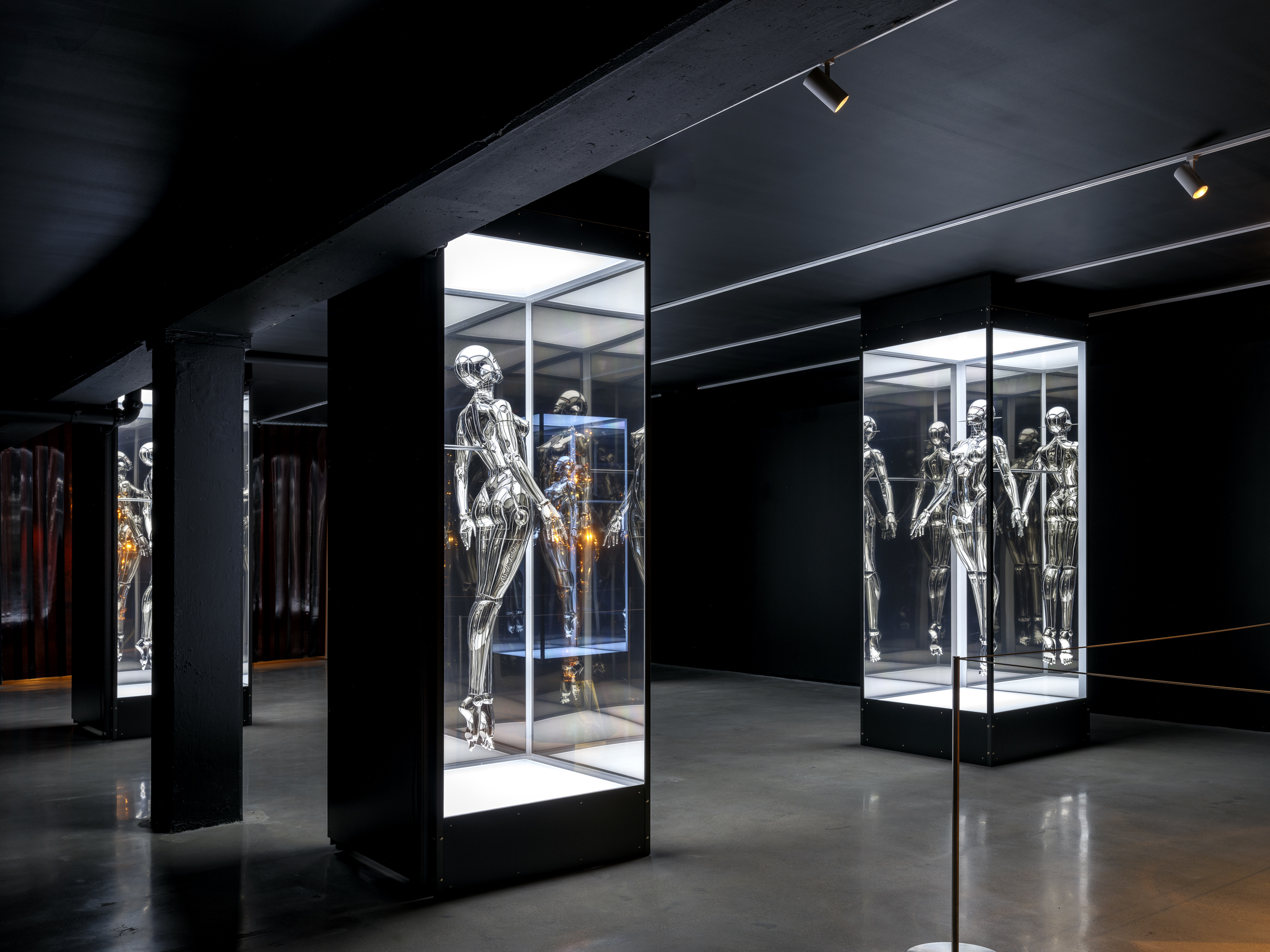 Miami’s new Museum of Sex is a beacon of open discourse
Miami’s new Museum of Sex is a beacon of open discourseThe Miami outpost of the cult New York destination opened last year, and continues its legacy of presenting and celebrating human sexuality
By Anna Solomon
-
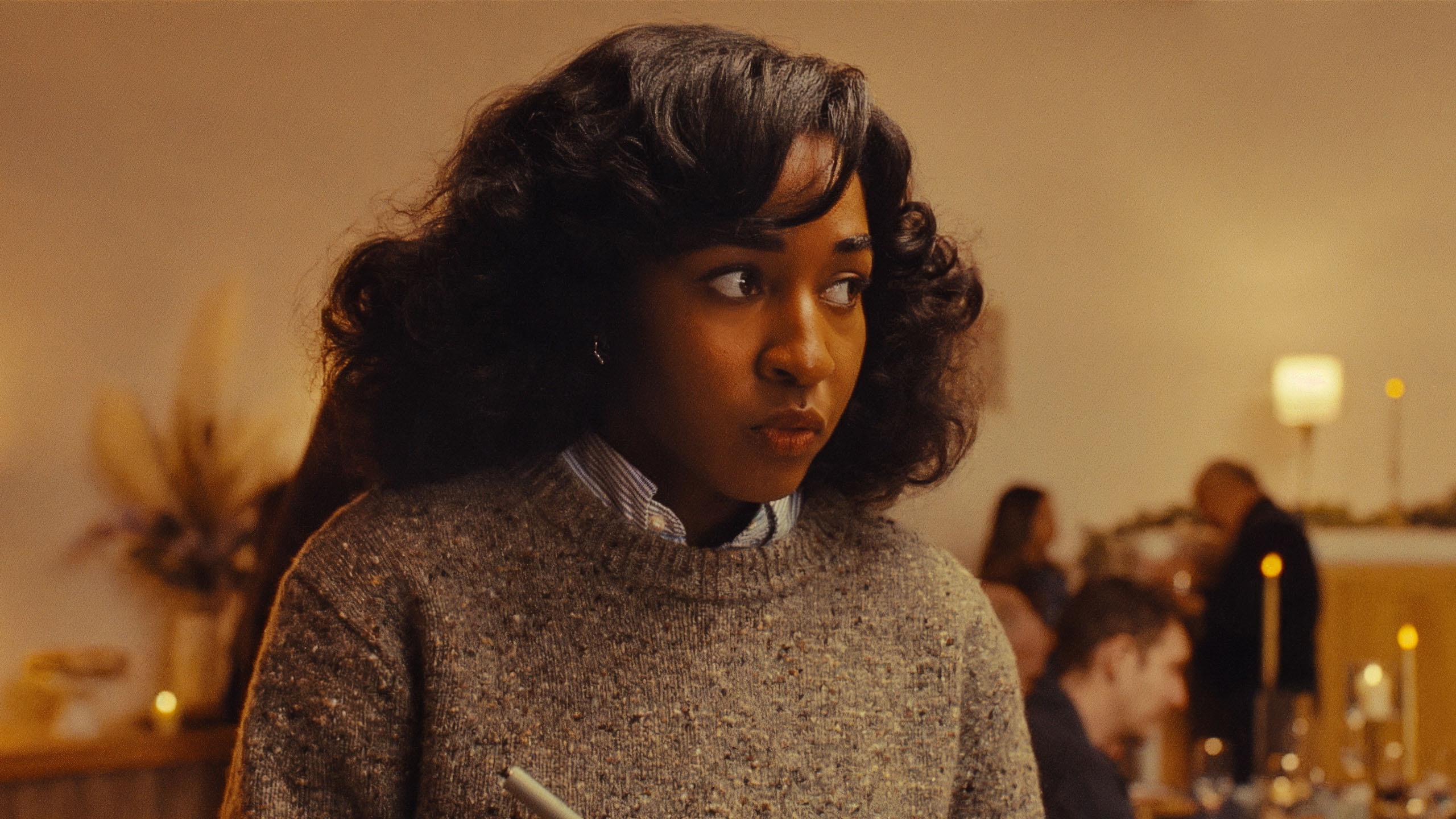 Sundance Film Festival 2025: The films we can't wait to watch
Sundance Film Festival 2025: The films we can't wait to watchSundance Film Festival, which runs 23 January - 2 February, has long been considered a hub of cinematic innovation. These are the ones to watch from this year’s premieres
By Stefania Sarrubba
-
 What is RedNote? Inside the social media app drawing American users ahead of the US TikTok ban
What is RedNote? Inside the social media app drawing American users ahead of the US TikTok banDownloads of the Chinese-owned platform have spiked as US users look for an alternative to TikTok, which faces a ban on national security grounds. What is Rednote, and what are the implications of its ascent?
By Anna Solomon
-
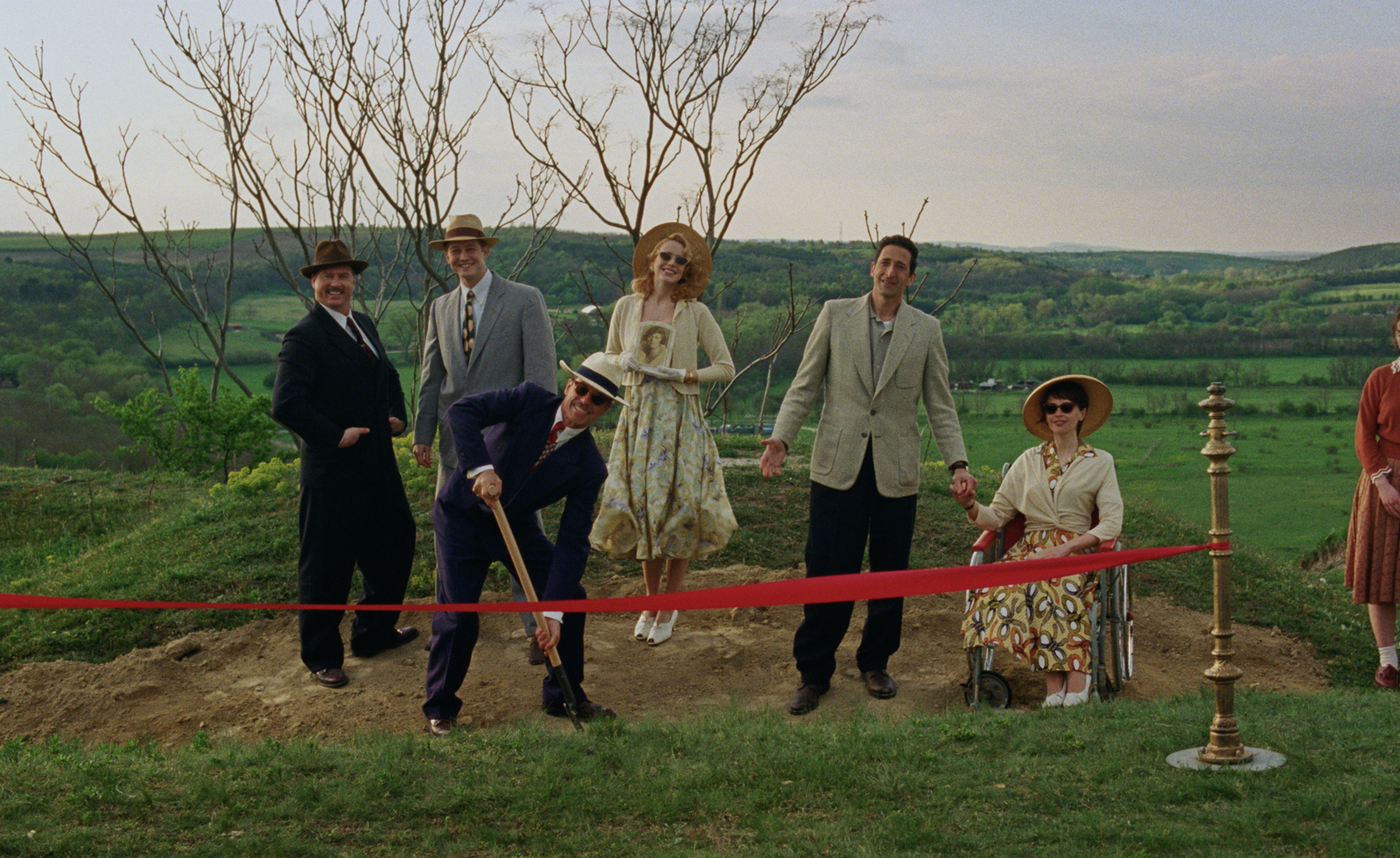 Architecture and the new world: The Brutalist reframes the American dream
Architecture and the new world: The Brutalist reframes the American dreamBrady Corbet’s third feature film, The Brutalist, demonstrates how violence is a building block for ideology
By Billie Walker